TCP is the host-to-host layer transport control protocol, providing a reliable connection service, using a three-way handshake to establish a connection: The bit code is the tcp flag. There are 6 kinds of indications: SYN (synchronous connection) ACK (acknowledgement confirmation) PSH (push transmission) FIN (finish end) RST (reset reset) URG (urgent emergency) Sequence number Acknowledge number The first handshake: Host A sends a bit code of syn=1, randomly generates a packet of seq number=1234567 to the server, host B is known by SYN=1, and A requests to establish a connection; Second handshake: After receiving the request, Host B should confirm the online information, send A to ack number= (seq+1 of host A), syn=1, ack=1, and randomly generate the packet with seq=7654321. The third handshake: After receiving the host A, check whether the ack number is correct, that is, the seq number+1 sent for the first time, and whether the bit code ack is 1. If it is correct, host A will send ack number= again (host B's) Seq+1), ack=1, after the host B receives the seq value and ack=1, the connection is established successfully. After completing the three-way handshake, Host A and Host B start transmitting data. In the TCP/IP protocol, the TCP protocol provides a reliable connection service, using a three-way handshake to establish a connection. First handshake: When establishing a connection, the client sends a syn packet (syn=j) to the server and enters the SYN_SEND state, waiting for the server to confirm; The second handshake: the server receives the syn packet, must confirm the SYN of the client (ack=j+1), and also sends a SYN packet (syn=k), that is, the SYN+ACK packet, and the server enters the SYN_RECV state; The third handshake: The client receives the SYN+ACK packet from the server and sends an acknowledgement packet ACK (ack=k+1) to the server. After the packet is sent, the client and the server enter the ESTABLISHED state and complete the three-way handshake. After completing the three-way handshake, the client and server start transmitting data. Example: IP 192.168.1.116.3337 192.168.1.123.7788: S 3626544836 IP 192.168.1.123.7788 192.168.1.116.3337: S 1739326486 ack 3626544837 IP 192.168.1.116.3337 192.168.1.123.7788: ack 1739326487, ack 1 The first handshake: 192.168.1.116 sends the bit code syn=1, randomly generates the packet of seq number=3626544836 to 192.168.1.123, 192.168.1.123 by SYN=1 to know that 192.168.1.116 requires to establish the connection; The second handshake: 192.168.1.123 to confirm the online information after receiving the request, send ack number=3626544837, syn=1, ack=1 to 192.168.1.116, randomly generate the package of seq=1739326486; The third handshake: After receiving 192.168.1.116, check whether the ack number is correct, that is, the seq number+1 sent for the first time, and whether the bit code ack is 1. If it is correct, 192.168.1.116 will send ack number=1739326487 again. Ack=1, 192.168.1.123 is confirmed and seq=seq+1 is confirmed. If ack=1, the connection is successfully established. A three-way handshake process (Figure 1, Figure 2) The first handshake flag (Figure 3) We can see that there is only one sync bit in the flag, that is, making a request (SYN) The second handshake flag (Figure 4) We can see that there is an acknowledgment bit and a sync bit in the flag, that is, it is responding (SYN + ACK). The third handshake flag (Figure 5) We can see that there is only one acknowledgment bit in the flag, which is to confirm again (ACK). A complete three-way handshake is the request --- answer --- reconfirm Adapter
Adapter, also called Power Supply , generally, it consists of an outside
shell, a power transformer and the circuit etc. According to its output, there
are AC adapter, DC
adapter and ac dc adapter; According to
the connection type, there are wall-mounted adapter and desktop adapter. According to the voltage,
there are 12V Adapter and 24V AC Adapter, which are the most common. According
to the application, there are laptop replacement ac
adapter, Scooter Adapter, Printer Adapter, POE Adapter etc.
According to the frequency, there are low frequency Linear Adapter and high
frequency charger.
For the adapter, there is a label on it which indicates the
input and output etc. Especially for the input, so far, there are two kinds of
input voltages, they are 100V~130V and 220V~240V, 110V ~
130V are classified as low voltage, such as the United States, Japan, etc.
their equipments are designed according to such low voltage, focusing on
safety; 220V ~ 240V belongs to high voltage, such as China(220V) and
Britain(230V), and many European countries, their equipments are designed
according to such high voltage, focusing on efficiency. So in order to meet the
input needs of different countries, Yidashun designs the 100V~240V for worldwide
use.
Yidashun's adapters have below advantages:
1. Worldwide input voltage: 100V~240V
2. High quality and high efficiency
3. Stable output.
4. Low operating temperature and long usage life
5. Good insulation performance.
6. Good anti-interference performance.
Yidashun can customize chargers and power adapters as your
requests, OEM & ODM order are welcomed!
AC Adapter,Power Adapter,AC Power Adapter,Replacement AC Adapter Shenzhen Yidashun Technology Co., Ltd. , https://www.ydsadapter.com
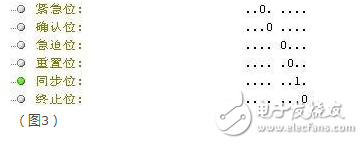
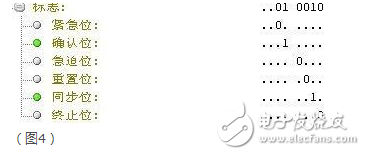
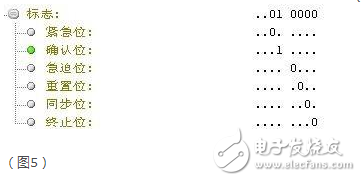
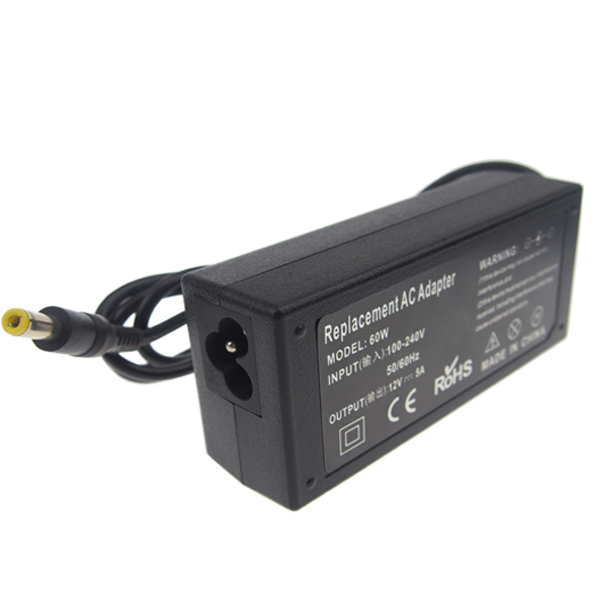
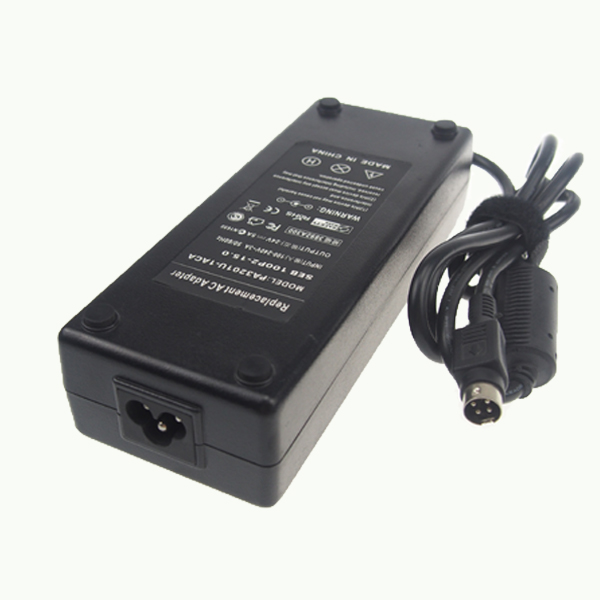
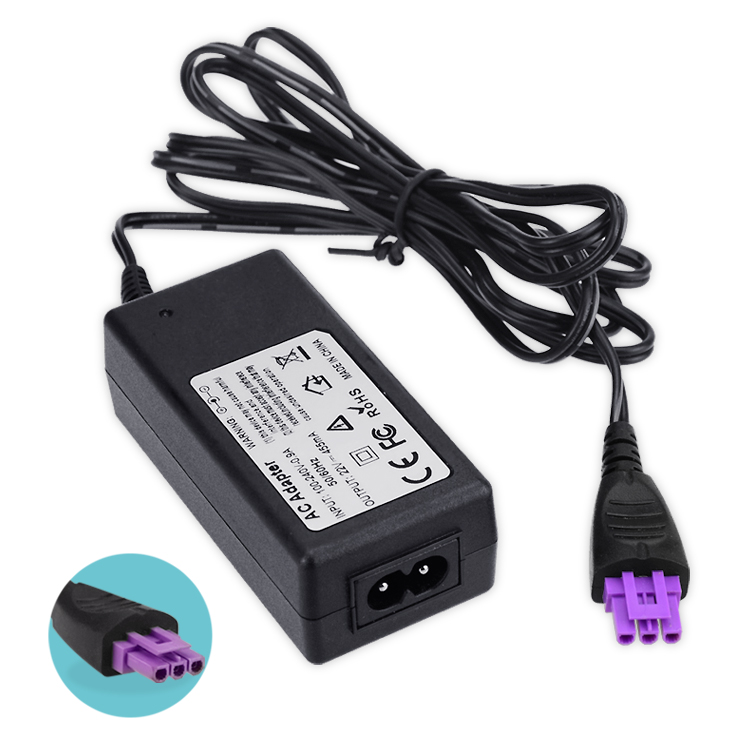
Tcp protocol three-way handshake detailed process
TCP protocol three-way handshake process